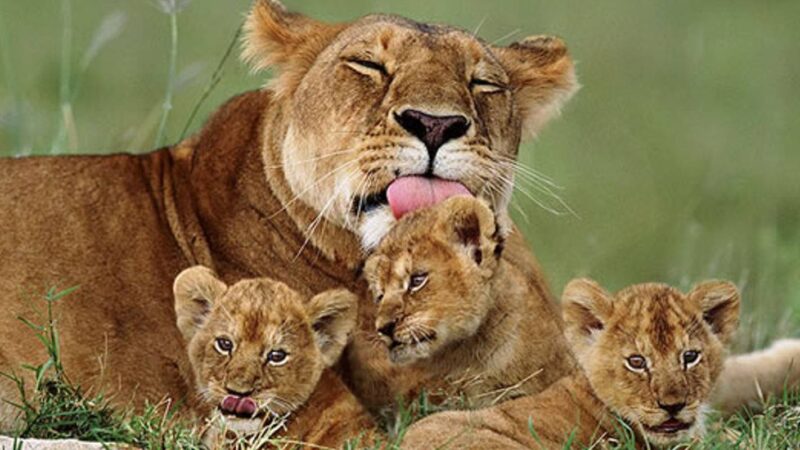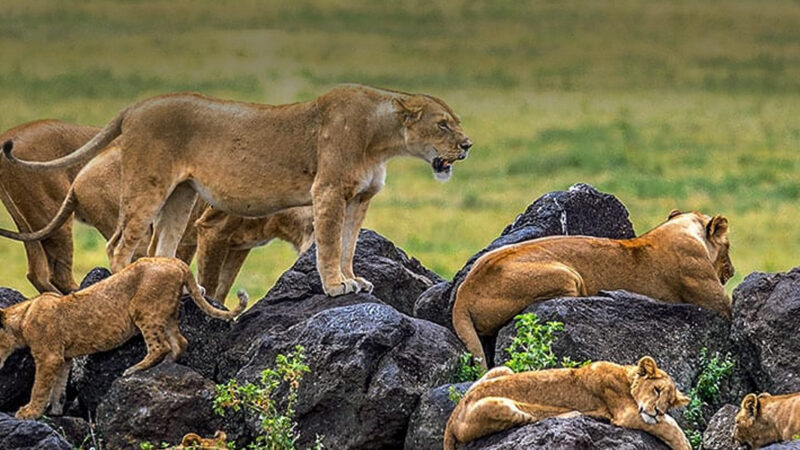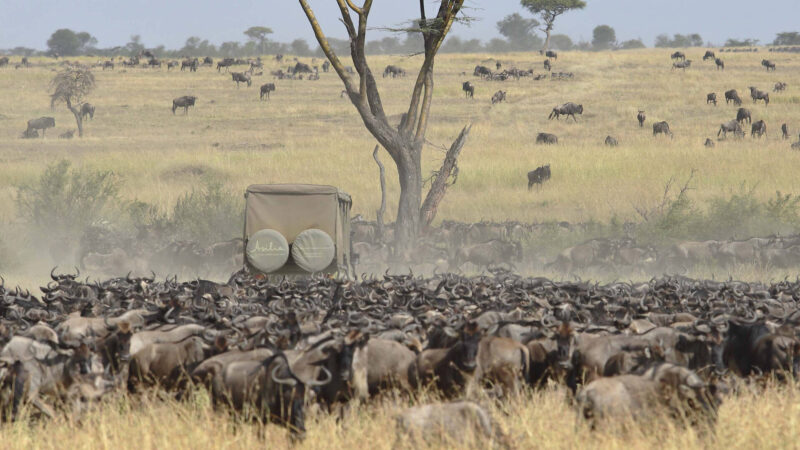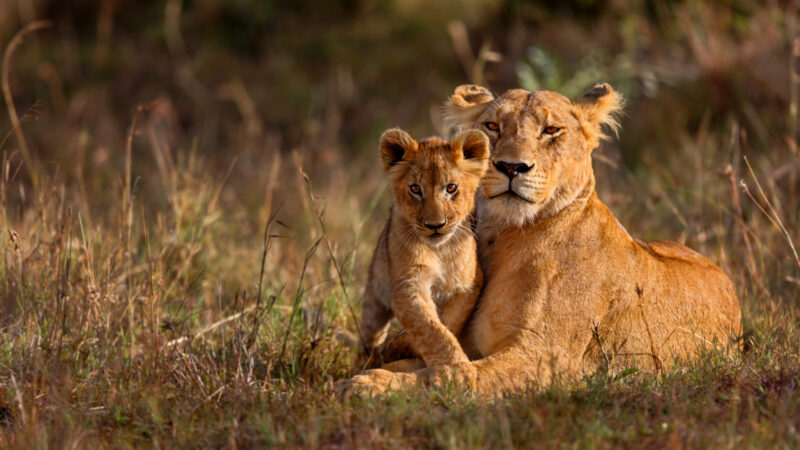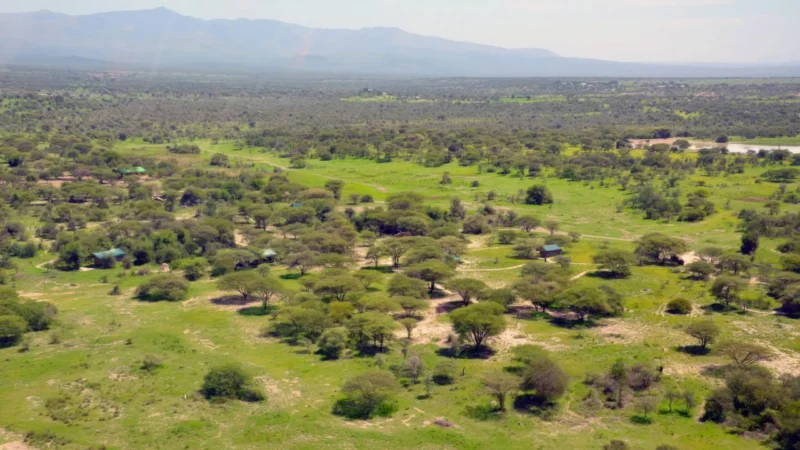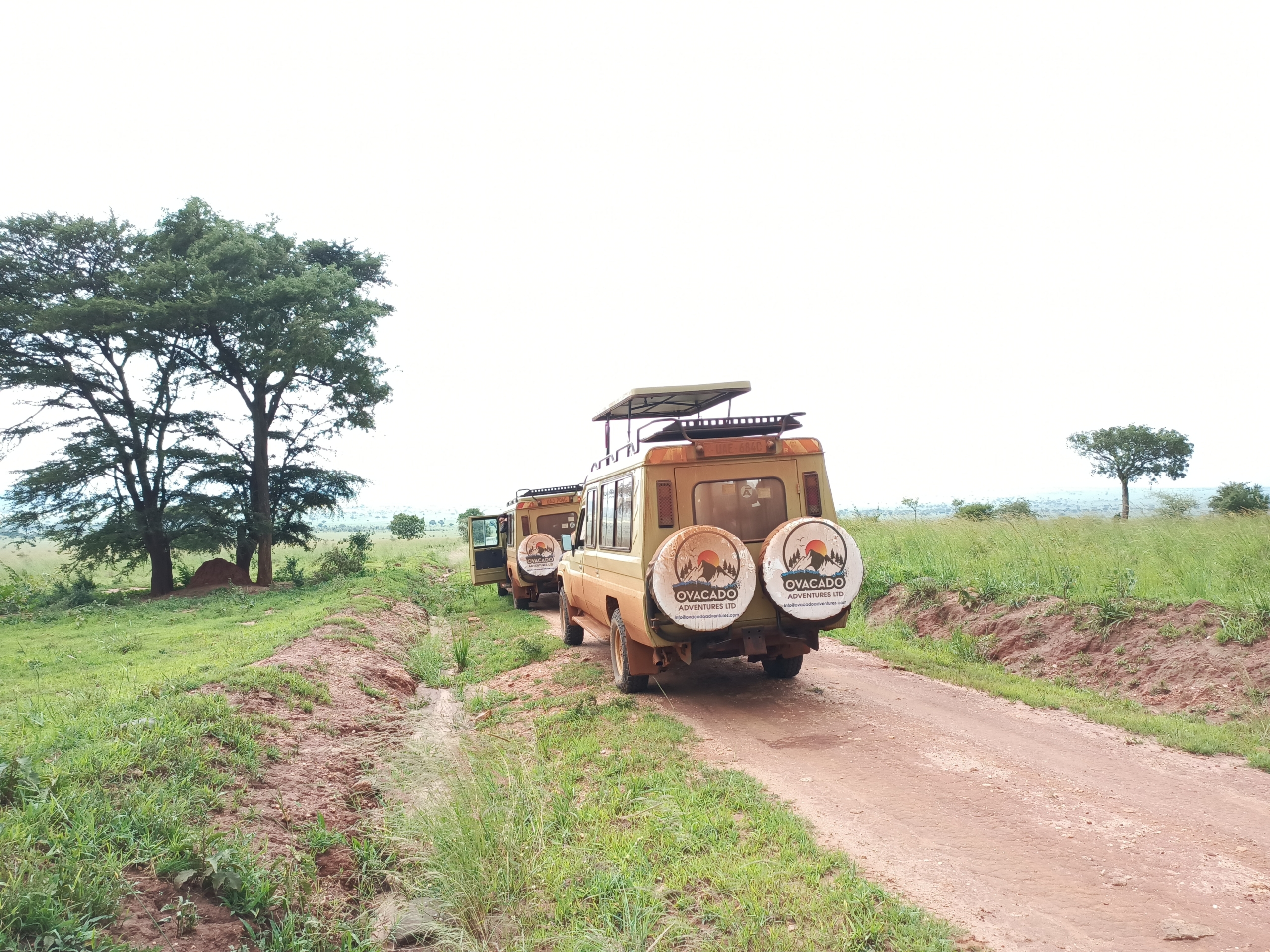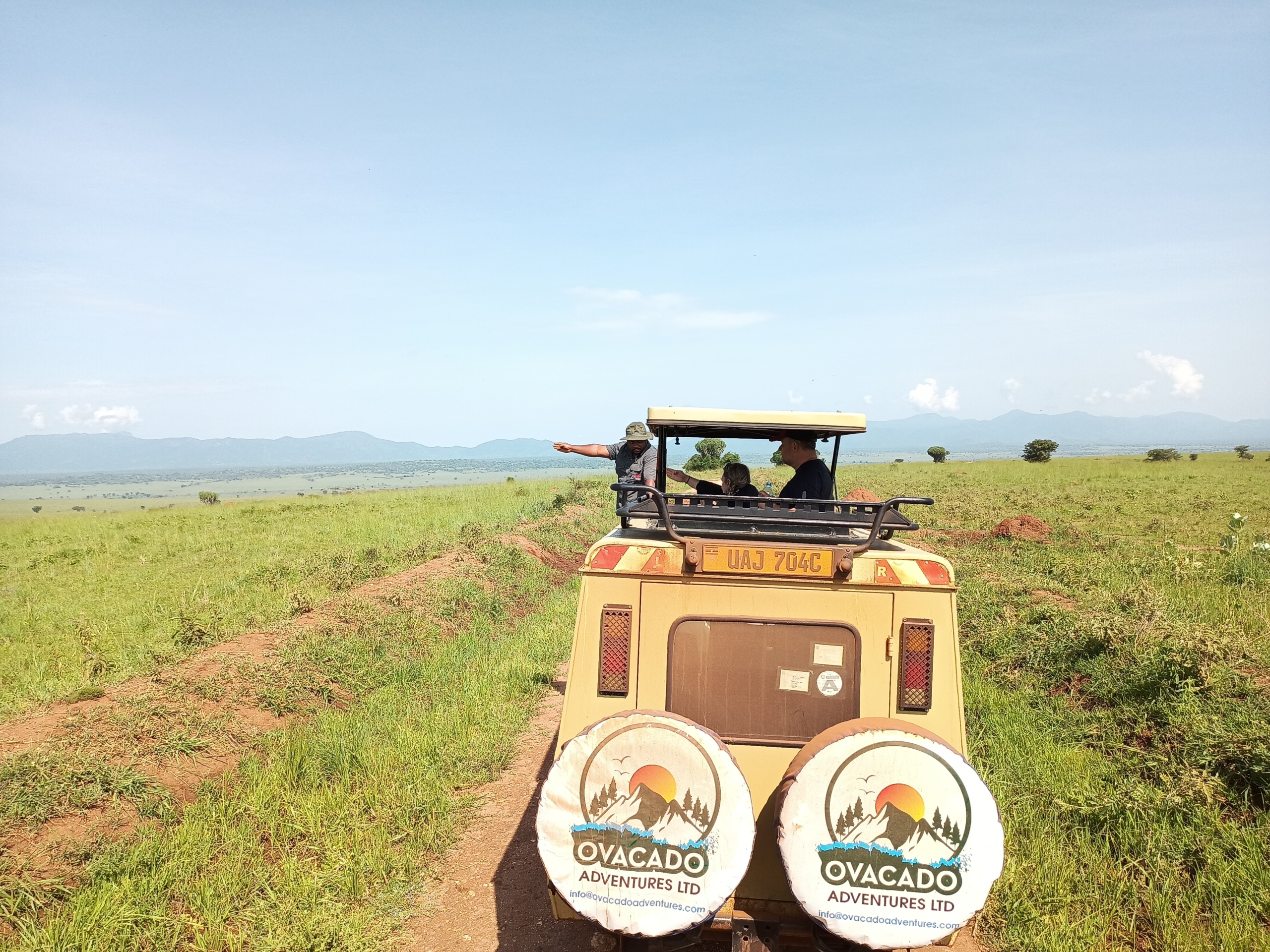Kenya Safaris: All Inclusive Kenya Wildlife Safaris & Tour Holidays
The East African safaris originated in Kenya, a country known for its expansive savannah grasslands and charismatic megafauna like Big Cats, the Big Five (elephant, buffalo, lion, leopard, and rhinoceros), as well as a wide variety of other animals. With deserts in the north, thick forests in the west, lakes in the Rift Valley in the center, and a tropical coast in the east, this region’s landscapes are more soul-stirring than those in other places. This outcome for safari-goers is a seasoned safari industry prepared to show you an apparently never-ending parade of wildlife against one of Africa’s most breathtaking backdrops.
6 Best Kenya Safaris & Tour Holidays 2024-2025-2026
11 Days Karibu Kenya Private Safari
This 11 Days Karibu Kenya Private Safari takes you through seven of Kenya’s top safari destinations to give you a complete overview of this fascinating country.
13 Days Kenya Rwanda Safari Holiday
This 13 Days Kenya Rwanda Safari Holiday is truly a memorable holiday for those wanting the bucket-list experiences.
9 Days Luxury Kenya Safari Tour Private
This 9 Days Luxury Kenya Safari Tour and private safari tour of Kenya combines the country’s top wildlife destinations, Samburu National Reserve.
4 Days Kenya Wildlife Safari Holiday
Enjoy 4 Days Kenya Wildlife Safari Holiday to the Masai Mara National Reserve and Lake Nakuru with us. Enjoy the wild in class as you stay in the most…
13 Days Kenya Rwanda Safari Holiday
This 13 Days Kenya Rwanda Safari Holiday is truly a memorable holiday for those wanting the bucket-list experiences.
4 Days Kenya Wildlife Safari Holiday
Enjoy 4 Days Kenya Wildlife Safari Holiday to the Masai Mara National Reserve and Lake Nakuru with us. Enjoy the wild in class as you stay.
8 Queries About Safaris In Kenya.
When is the ideal time to Safari in Kenya?
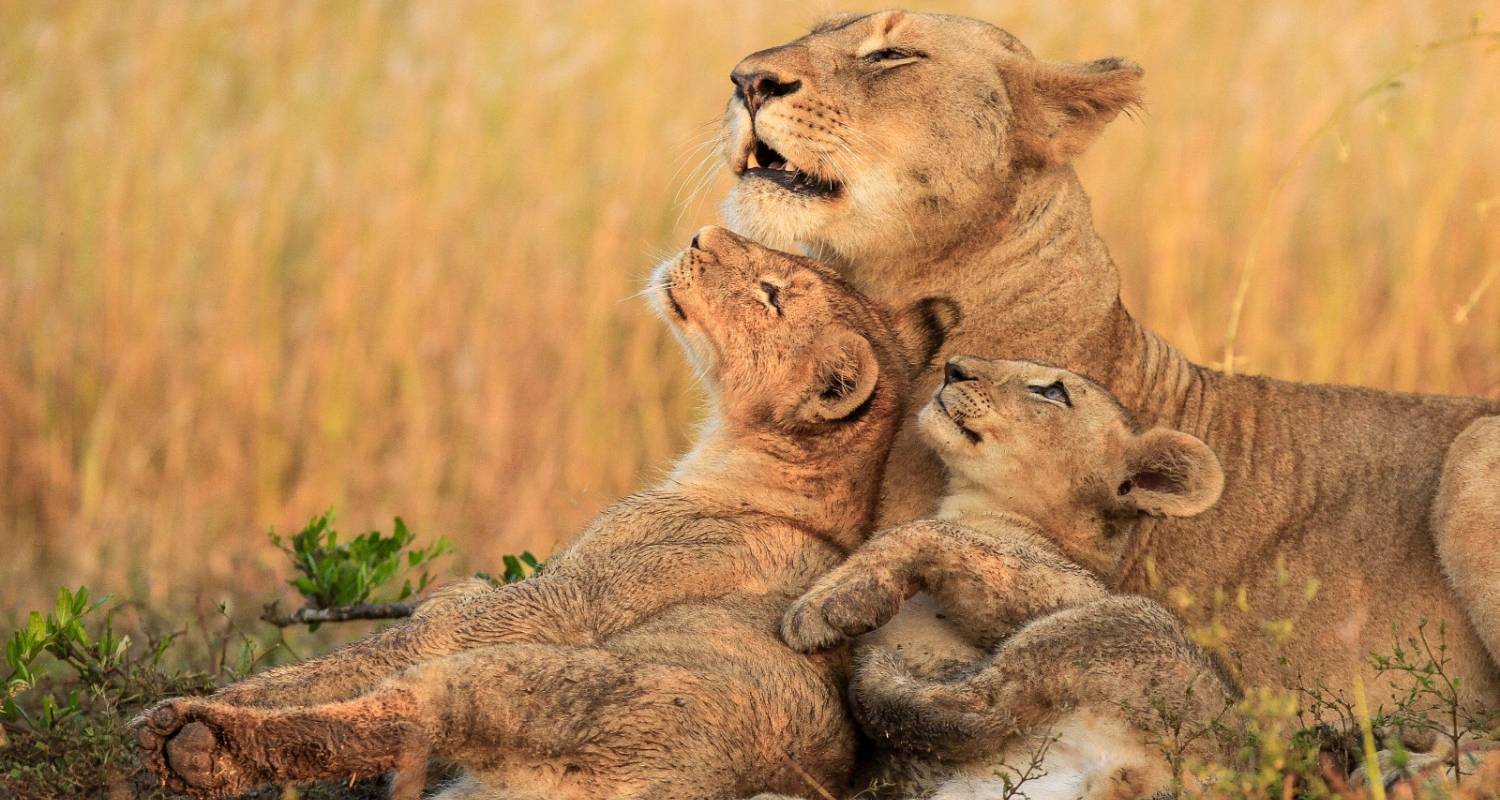
“The best time to Safaris tour in Kenya is from June to October. Although it can get very hot in October and the latter part of September, the weather is typically dry during these months, and most trails are open. This also falls during the Masai Mara’s wildebeest and zebra migration. This is the dry season, and as it goes on, animal water sources tend to diminish and dry up, attracting animals in large numbers to those that are still available.
Except for June—one of my favorite months to travel—high-season costs are in effect, which is a drawback. The number of people is also higher; in some parks, the line of safari vehicles can detract from your enjoyment, and during the migration, the Masai Mara can become completely overrun with vehicles in some areas. Also popular are trips taken between November and February because migratory birds arrive, travel is rarely hampered by rain, and the landscape turns a lovely shade of green.
Since March to May can experience heavy rains, which can turn safari trails into muddy bogs, most tourists stay away during this time. Nevertheless, costs are lower, and when I went there in April, the weather was clear and there weren’t many people around (aside from some locals around Easter). ”
What are the main attractions in Kenya and why should I travel there?

The main reason to safaris tour Kenya is for its incredible wildlife. Even though the migration attracts a lot of tourists, Kenya is wonderful all year round. In addition to the Masai Mara, there are a number of top-notch national parks in Kenya, including Amboseli, Samburu, Lake Nakuru, Tsavo East, and Tsavo West, where excellent wildlife viewing is almost always possible. Together, these factors create a wide range of safaris tour options in Kenya.
Kenya is home to the Big Five, including healthy populations of elephant, buffalo, lion, leopard, and rhinoceros. The birdlife is also exceptional, and the country is home to the Maasai, Samburu, Turkana, and other indigenous peoples. The sheer variety of habitats also results in beautiful scenery, including endless horizons in the Masai Mara, tropical forests in Kakamega, starkly beautiful parks in the north, and unrivaled Kilimanjaro views from Amboseli. ”
What do safaris in Kenya cost?
What kind of Kenya safaris tour you want and can afford will all depend on that. Kenya offers excellent options from the lower end of the price range (starting at US$175 per person per day) to luxury Kenya safaris (starting at US$1000), offering more variety than most other African safari destinations.
The cost of a Kenya safaris tour can vary depending on how you want to get between the various parks; air transfers, which typically go through Nairobi, can be expensive but drastically cut down on the amount of time you’ll spend on the road, allowing you to spend as much time as possible in the parks themselves.
While lodging costs are a significant portion of a trip’s overall cost, other factors can also affect it. Also keep in mind that the majority of Kenya safari packages will include all meals, lodging, transportation, and activities, including game drives. “.
What is it like to see wildlife safaris in Kenya?

7 Days African Wildlife Safari
“Park to the park can differ. The majority of the more well-known parks you can visit on a tour of Kenya, including Amboseli, Masai Mara, Samburu, and Lake Nakuru, offer fantastic opportunities to see wildlife. All of these parks are excellent all-around safari destinations because of their dense wildlife populations, which allow you to see as many animals (and various species) as you can in a short amount of time.
Other parks are more specialized, allowing you to check off a hard-to-find species, typically without the crowds, like the birds and primates of Kakamega and the sitatunga in Saiwa Swamp. And in the conservancies of Laikipia, which cost more but offer a more secluded Kenya safaris tour experience, with the exception of Ol Pejeta Conservancy, there are no crowds and excellent wildlife viewing. You can also go off-road at the majority of these conservancies, which allows you to get much closer to the animals than you would in a national park. “.
How secure is Kenya for visitors?
“A safaris tour in Kenya is generally safe, but there are some crucial details to be aware of. Nairobi and, to a lesser extent, some other Kenyan cities have a bad reputation for violent crime. I’ve spent a lot of time in Nairobi and other places, and I’ve never once had a problem, but it does happen frequently enough to warrant caution and following local advice whenever you’re in these cities.
The high accident rate on the country’s roads presents another potential risk to travelers. By avoiding Nairobi and other major cities as much as possible—Kenya’s charm is rarely found there—by never traveling at night, and by taking a plane between the parks, you can reduce the risk.
The risk posed by wild animals is negligible; the majority of Kenya safari trips and operators have excellent safety records; as long as you abide by guide instructions and safety briefings, you should be fine. “.
How do I pick a dependable Kenya tour company?
“The best way to choose Kenya safaris tour is to read all about the safari experiences of other travelers. It’s likely that their reviews will answer many of your questions (before you’ve asked them) and speak to the professionalism of the various operators with whom they’ve traveled. Otherwise, it’s crucial that you get in touch with any tour operators you’re thinking about using before making a reservation and asking any questions you may have.
This could include things like the mode of transportation, the frequency of meals, the daily safari schedules, the languages your guide speaks, or the number of other travelers who will be in your vehicle. As much as you can, be specific. There is no substitute for knowledge, even though not all tour guides in Kenya offer individualized itineraries. A good indication of how the operator will interact with safari goers is whether or not they are eager to answer questions. “.
What sort of lodging can I count on while on a safari?
“In general, you can anticipate better accommodations the more expensive your Kenya safaris tour is. At the low end, campsites are typically simple, occasionally crowded, and not always in the best areas of national parks or reserves, but they are reasonably priced and frequently have plenty of amenities like showers and toilets. The mainstays of the Kenyan safari scene are lodges, whose quality varies greatly.
While many lodges within reserves and national parks have excellent locations, they are old and in need of renovation, while others are opulent and have recently undergone renovations. You will sleep in spacious walk-in tents in tented camps, including mobile camps; these tents are similar in size to lodge rooms but have canvas walls and floors instead of wooden floors.
How will the safaris tour in Africa Kenya go?
“The majority of safari days start with a soft African voice waking you up well before sunrise. After quickly getting dressed and drinking some coffee or tea, you and other guests, along with a driver, guide, and occasionally a tracker, head out in a safari vehicle to search for wildlife for a few hours. This time, as well as the final few hours before sunset, is excellent for seeing wildlife.
Mid to late in the morning, you’ll head back to the lodge or camp for a formal sit-down breakfast. The hottest part of the day, when even animals retreat into the shade, is spent relaxing for a few hours, eating lunch, and then doing very little for a few more hours. Around 3 PM or 3:30 PM, afternoon tea—often referred to as “High Tea” in a nod to colonial-era safari customs—is served.
After that, it’s back out in search of wildlife until after dark. You’ll make a quick stop just before dusk for another safari staple, the “Sundowner,” where you can sip your favorite beverage while taking in the sunset. You get back to camp in time to freshen up before dinner and head to bed in preparation for an early start the following morning. “.

